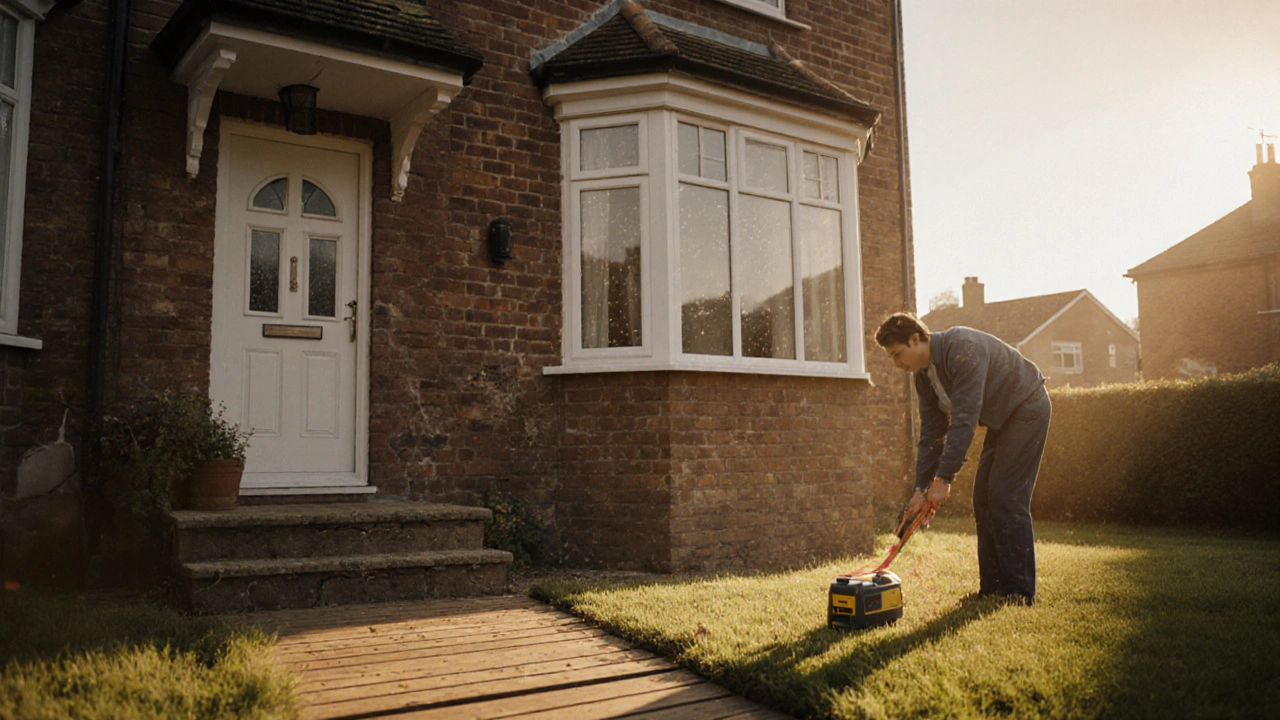Helical Piers Cost: How Much Should You Expect?
When planning a foundation upgrade, helical piers cost refers to the total expense of installing helical piers to support a building’s load. Also known as helical pile pricing, this figure can swing widely based on several factors.
A helical pier is a steel‑capped shaft that is screwed into the ground to transfer loads deep into stable soil is the core component of the solution. The overall helical piers cost is driven by the installation method whether a crew uses a hydraulic driver or hand‑torque equipment, and the crew’s hourly rate. Soil conditions, captured by the soil type clay, sand, or rock, dictate how many piers are needed and how deep they must go, directly affect material and labor costs. Finally, the project falls under the broader category of foundation repair any work that strengthens or replaces a failing building foundation, which can add permitting fees and engineering review.
In the UK, homeowners typically see a price band from £1,200 for a single‑pier shallow fix to over £8,000 for a full‑house deep‑foundation system. The main cost drivers are the number of piers (each £150‑£350 per foot of penetration), travel distance, and any site‑specific challenges such as limited access or existing utilities. A geotechnical report up front can shave 10‑15% off the final bill because engineers can pinpoint the exact load‑bearing strata, avoiding unnecessary over‑drilling.
Other items that add to the total sum include planning permission fees, structural engineer design charges, and insurance for the installation crew. If the site requires de‑watering or temporary shoring, those expenses can climb quickly. Choosing a local contractor who knows the regional soil profile often reduces both material waste and labor hours.
Below, you’ll find articles that break down the budgeting process, compare helical piers to other deep‑foundation options, explain how soil testing works, and share real‑world case studies of cost‑saving installations. Dive into the collection to see how each factor shapes the final number and how you can plan a cost‑effective solution for your property.

